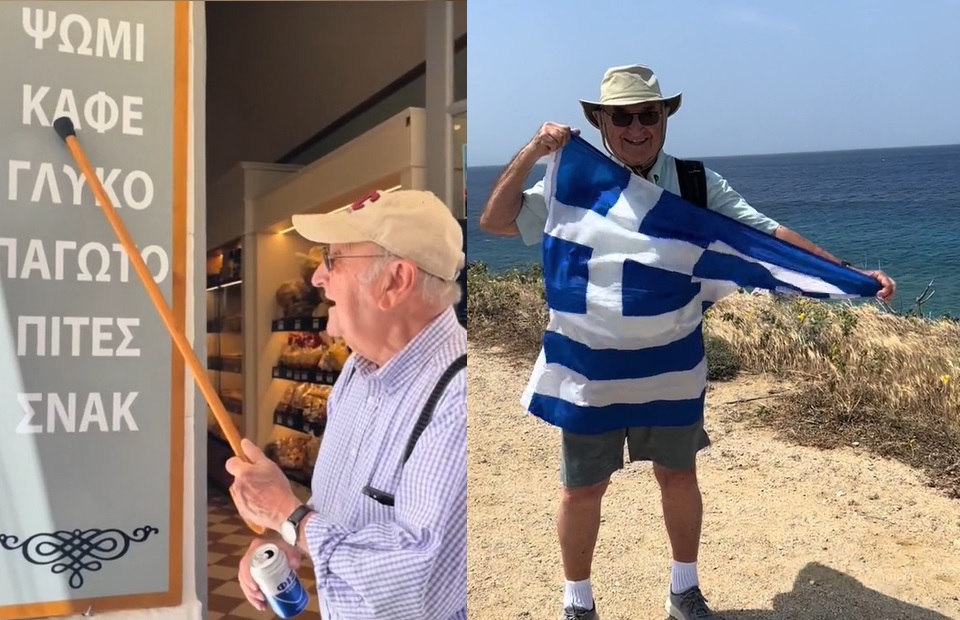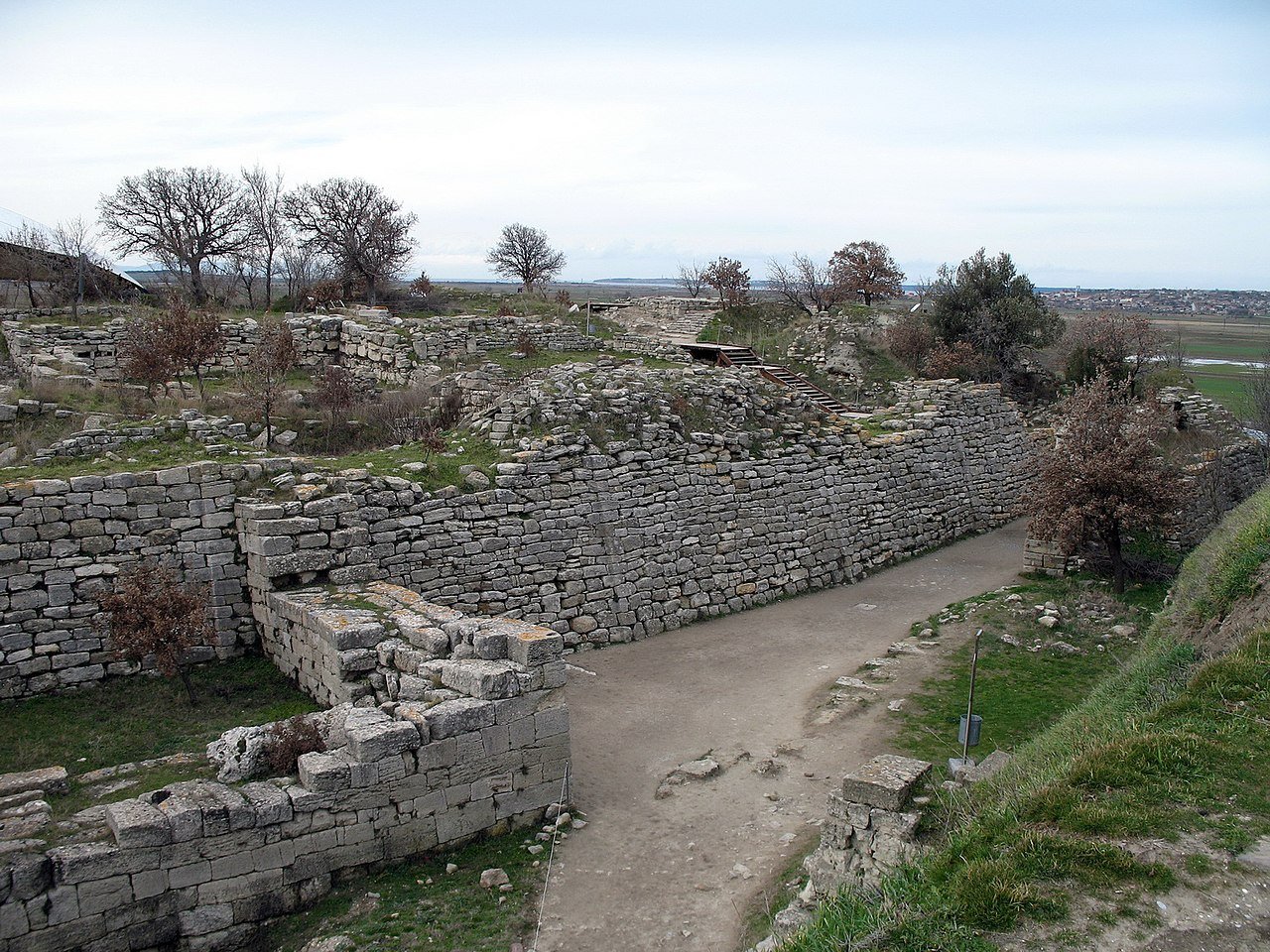
Instagram is planning to introduce its branded content tools to Threads. This move would provide marketers with an opportunity to engage in paid promotion on the app.
Although direct advertising using paid ads is currently not allowed, a source told Axios that Instagram plans to bring branded content tools to the Threads app.
Being an early adopter of Threads is seen as advantageous by many companies. However, due to the uncertain and evolving regulations surrounding paid promotion, it remains unclear how to effectively participate beyond creating organic posts.
It’s important to note that Threads falls under Instagram’s terms of service, which includes guidelines regarding sponsored content.
This means that brands collaborating with influencers to share sponsored content are technically obligated to utilize Instagram’s branded content tools.
Threads by Meta sure look promising for brands and marketers.
Do you think Threads is the future of social media? Will it surpass Twitter?
Why, or why not? share your thoughts!#threads #trending #newapp #newsocialmedia #textapp #contentmarketing #whatsnew #twitterclone #meta pic.twitter.com/tJghJVXJVM
— Email Uplers (@email_uplers) July 7, 2023
However, Instagram’s branded content tools are exclusively accessible to eligible brands. These tools enable companies to include paid partnership labels in their posts.
Threads avoid news and political content
A reliable source at Meta also told Axios that Threads will not introduce advertisements until it has accumulated a significant number of users.
This means that for now, brands are advised to transparently disclose any paid partnerships through text or hashtags until Threads implements its own branded content tools.
In the meantime, it’s important to understand the underlying message from Instagram’s head, Adam Mosseri. He stated that Threads will make an effort to avoid actively engaging news and political content creators.
Instagram chief @mosseri tells @alexeheath “we’re not going to do anything to encourage” hard news or politics on Threads.
He suggests Twitter may remain a destination for those topics while Threads focuses on “less angry” themes like sports, music, fashion, & entertainment. pic.twitter.com/yi5wr8biOw
— Will Oremus (@WillOremus) July 7, 2023
The reasoning behind this decision is that the potential controversies and integrity risks associated with monitoring and regulating such topics outweigh the benefits they may bring.
No ‘chronological feeds’ on Threads
At present, Threads does not offer chronological feeds, which affects the reliability of real-time announcements from sources such as news outlets, sports updates, and local governments.
This absence of chronological feeds also poses a potential risk for corporate accounts and public figures. Nu Wexler, a former communications executive at Twitter and Facebook who now works as a partner at the strategic communications firm Seven Letter, highlights this concern.
Wexler stated that the algorithmic timeline employed by Threads carries the risk of a brand or public figure making a post in the morning, only for a significant industry event to occur a couple of hours later.
If the post is served to users later in the day, it can create the impression that they are disconnected from the ongoing developments.
While this risk exists in any algorithmic timeline, Twitter has conditioned its users to expect content to be displayed more chronologically, making the potential mismatch more apparent.






















